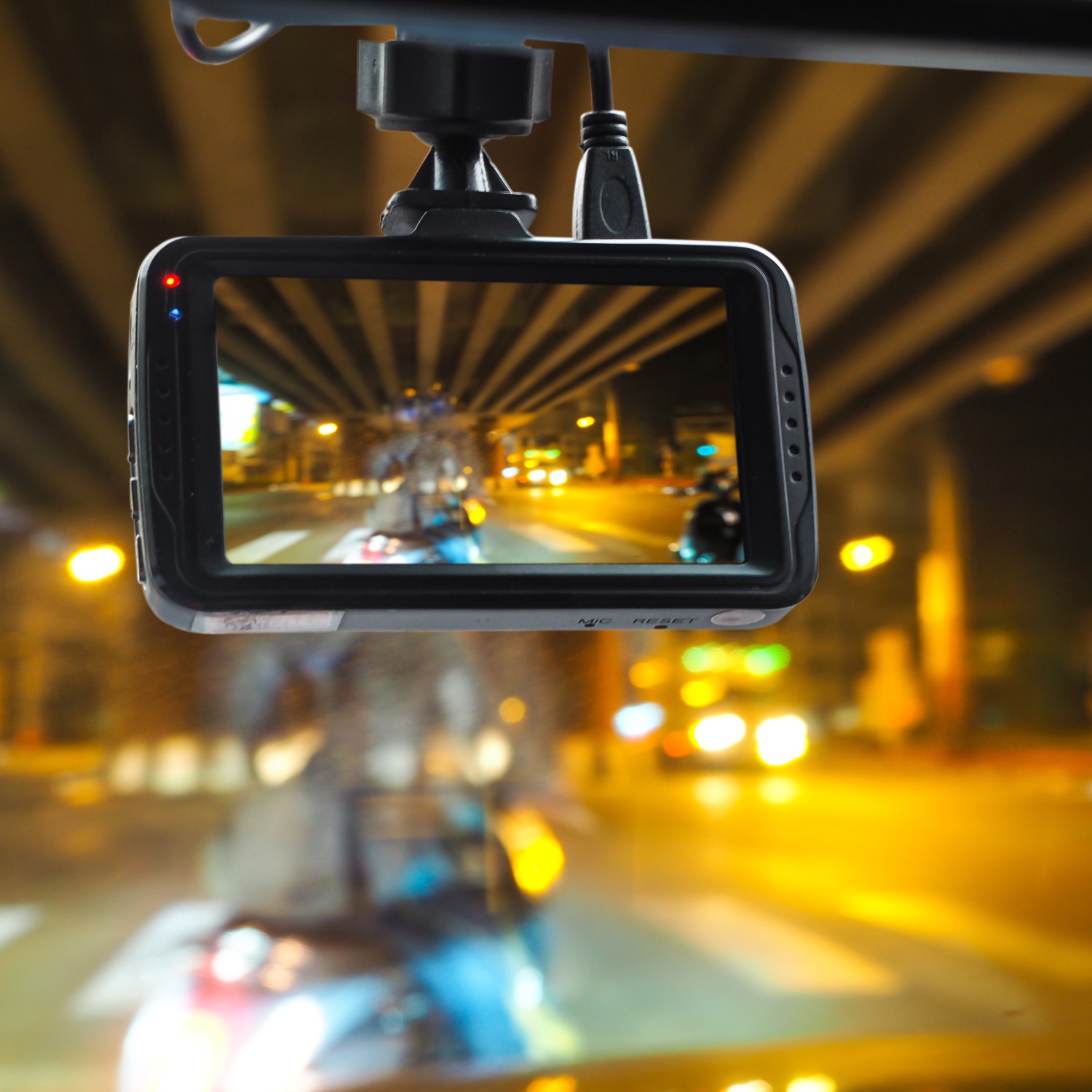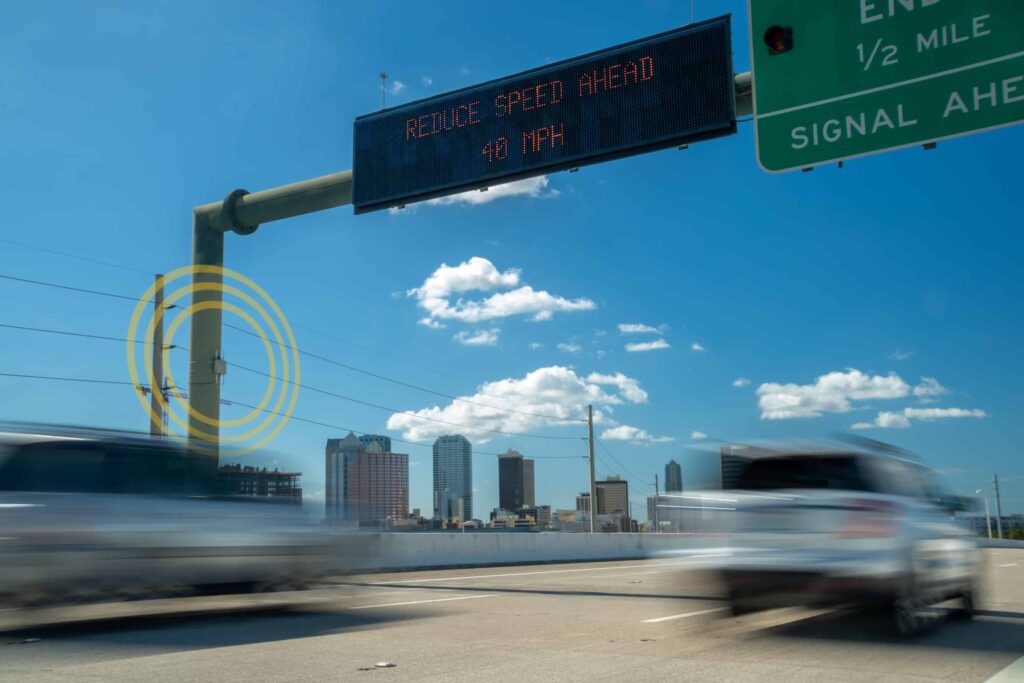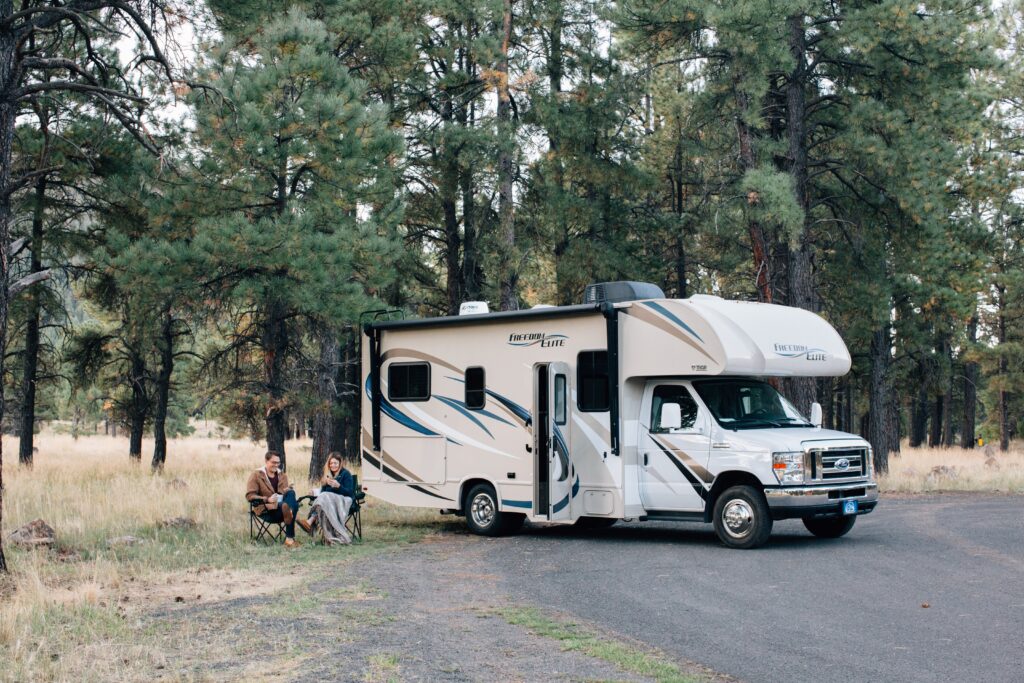
Why Dash Cams Don’t Reduce Fleet Accidents
OCTOBER 6, 2020 // JEFF VARICK
Every week, we talk with fleet managers who are using dash cams to help prevent collisions on the road. Many have even integrated the dash cams with their driver monitoring program to help track their drivers’ safety in real time. These fleet managers are often surprised when we tell them that a dash cam won’t help prevent collisions — even when combined with telematics. The problem isn’t the technology. Dash cams and telematics provide valuable information that can help you improve driver safety, overall. But they weren’t designed to prevent accidents. Let’s take a look at what dash cams and driver monitoring programs can and can’t do. After that, I’ll help you figure out what kind of solutions you need to proactively prevent collisions in real time.
What Does a Dash Cam Actually Do?
A dash cam records events and saves them for review later. This can be extremely helpful if an accident occurs and the other driver seeks damages and compensation. Fleet vehicles tend to be a magnet for desperate drivers looking to cash in on a lawsuit, and a dash cam can prove your driver’s innocence. That device alone can save you thousands of dollars in a single incident. But dash cams can’t alert the driver of an oncoming collision, and they can’t alert fleet managers if there’s an accident. Telematics can tell you if there was a hard braking incident or a failure of power, but there’s no active feedback to the driver to help avoid collisions. Dash cams are purely after-the-fact devices. They tell you why a collision occurred. From there, you can give a driver more training to help prevent future incidents — but the fact remains that your vehicle is in the repair shop. Likewise, driver monitoring programs let you see where your drivers are at all times, see their speed, if they’ve had any hard braking incidents, if the vehicle needs any maintenance or repair. They provide accountability after the fact. But telematics won’t help avoid a collision. It sends vehicle data to you, but nothing alerts the driver. When it comes to actually preventing accidents, what you need is ADAS.
What Is ADAS?
Aftermarket advanced driver-assistance systems — or ADAS — are safety technologies that are designed to proactively prevent a collision before it occurs. ADAS devices use sensors that are installed on the vehicle to monitor the road and alert the driver when it detects a possible oncoming collision. An alert could be anything from a visual indicator to an audio signal or a vibration. The first ADAS equipment was first introduced about 50 years ago, but the field has more recently started taking off, and new ADAS technologies are continually being developed to help prevent different types of collisions. For example:
- Blindspot monitoring and detection. Radar sensors alert drivers if another vehicle is in the blindspot when changing lanes. Blind Spot monitoring systems are proven to reduce injury-producing crashes by 23%.
- Rear vision systems. Backup cameras help guide fleet drivers when the rear view is obstructed. According to the IIHS, rear view cameras reduce rear crashes by 17%. They’re a must for every fleet.
- Parking assistance systems. Cameras help guide drivers into parking spaces. Parking sensors reduce rear crashes by 18%, but in conjunction with a rear view camera, they reduce crashes by 38%. That means by adding rear sensors to a vehicle with a backup camera, or vice versa, as a fleet manager you can “stack” the benefits.
- Collision avoidance systems. Radar or lidar sensors watch for quickly approaching oncoming objects and send an alert to the driver. A forward collision warning system installed on your fleet vehicle can reduce front-to-rear crashes by 27%.
- Lane departure warnings. Sensors detect lane drift and alert the driver. Installing a system on your fleet can reduce lane departure accidents by 21%.
Finding the Right ADAS for Your Fleet
Telematics data can help you understand why collisions are occurring in your fleet. If you’ve been collecting vehicle data for years, you know what your greatest problems are — whether it’s speeding, blind spots, backup collisions, lane drift, or something else. You can use that data to train drivers, but wouldn’t it be better if you could prevent those problems in the first place? A telematics-plus-ADAS approach combines the best of both worlds — trend analysis and proactive prevention. Use the data you’ve collected over time to determine the ADAS equipment you need most. If you’ve had ten collisions in the last year because drivers couldn’t see in their blindspot, blindspot monitoring may be more important to you than front collision avoidance. Upgrading to ADAS once meant replacing your entire fleet with new vehicles that came with the equipment — sometimes at the highest trim levels. But Brandmotion provides OEM-quality safety products for the aftermarket. You can equip your entire fleet with the best safety equipment today — not over a period of years. Brandmotion retrofit products are known throughout the industry for their seamless integration, OEM-level quality, and innovative approaches to the biggest problems in vehicle safety. Our customers demand reliable, high-end safety solutions that integrate seamlessly with the vehicle. Find out more about the ADAS products designed for your fleet’s top needs.




